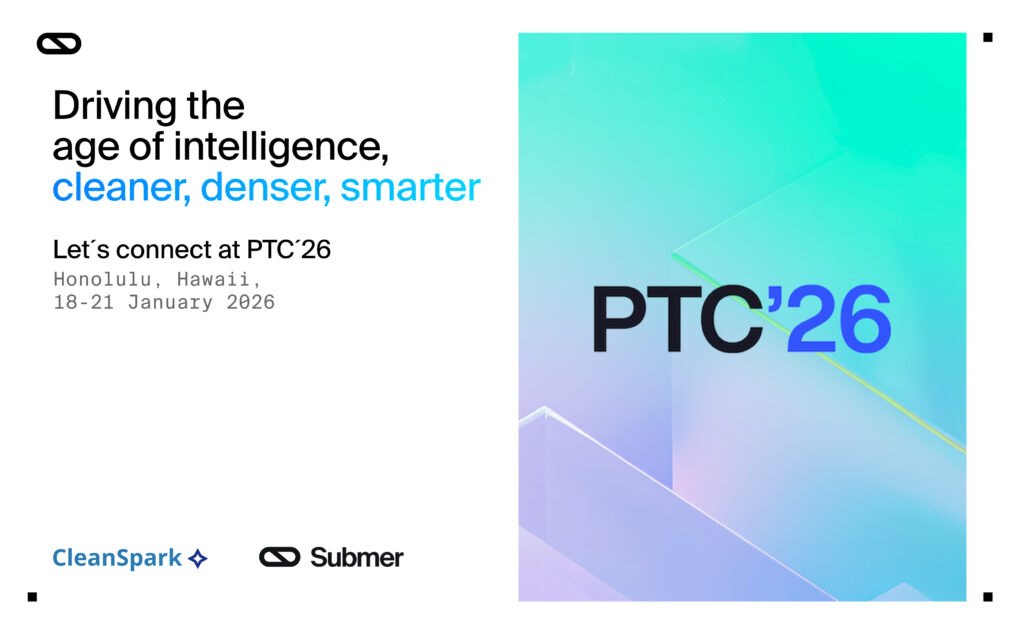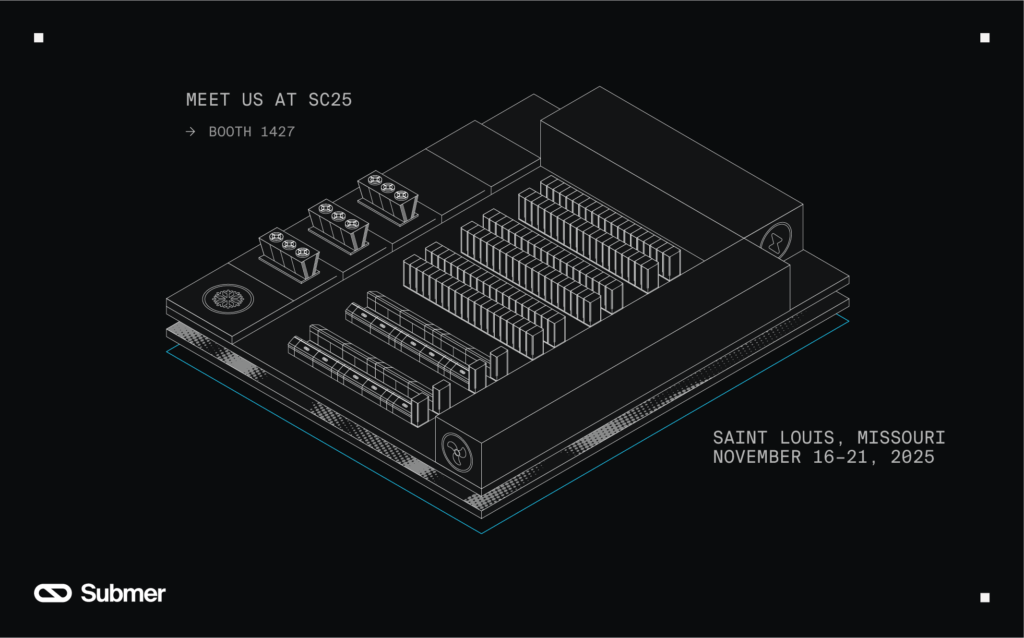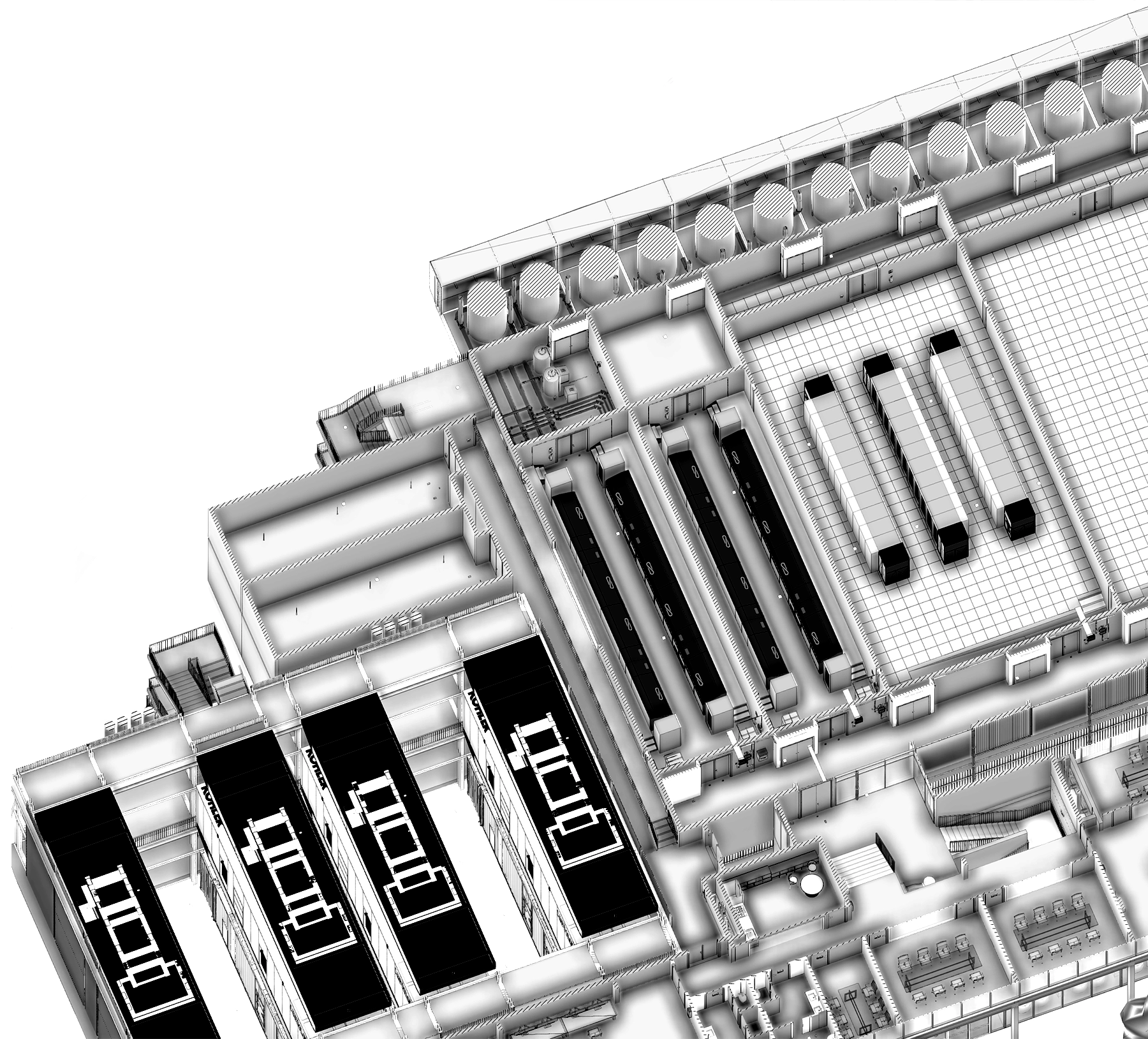Data center power consumption is a topic that tends to stir considerable debate. Despite the growing adoption of renewable energy, the exponential demand for energy in the data center industry requires huge improvements in efficiency and discussions around responsible digitalization.
The discrepancy between increasing energy needs and the decarbonization goals that are becoming harder and harder to achieve is stark. Submer wants to be part of the reversing of that trend, with reductions in energy consumption being one of the pillars of our technology. In this blog post, we’ll explore how data center power consumption is evolving, insufficiencies in reporting, and the road to improvement.
Data Center Power Consumption Forecast
Data centers are rapidly becoming one of the largest consumers of electricity worldwide. Brad Smith, president of Microsoft, recently highlighted that even before AI came along, his firm’s promise to remove more greenhouse gases from the atmosphere than it has contributed during its entire history was ambitious. He predicts that, as a result of AI, Microsoft will consume five to six times as much electricity by 2030 as it anticipated when it set the goal in 20201.
According to the International Energy Agency’s analysis and forecast to 2026, electricity consumption from data centers, artificial intelligence (AI) and the cryptocurrency sector could double by 20262.
The Electric Power Research Institute similarly predicts that data centers alone could use 9% of US electricity by 20303.

While sustainable options such as nuclear power have their benefits, they require extensive time to deploy. Fossil fuels, such as natural gas provide a faster energy source but are ultimately unsustainable.
The rapid pace of data center expansion shows no signs of slowing, highlighting the urgent need for sustainable solutions.
Sustainability Challenges Facing Data Centers
The high demand and consumption rates present a number of challenges:
- Grid Strain: High energy consumption places significant stress on electrical grids.
- Water Stress: This is a particularly prevalent issue in drought-prone areas and will only worsen with climate change. Moreover, electricity, whether generated using fossil fuels or renewable energy, also uses water in cooling towers.
- Fossil Fuel Dependency: The use of fossil fuel heavy grid mixes and onsite natural gas for backup power poses a significant sustainability challenge for data centers, as it ensures reliability but contributes to further greenhouse gas emissions.
- Decarbonization Goals: This consumption puts commitments set out by both companies and countries in jeopardy e.g. the Paris Agreement4.
Is Current Reporting Sufficient?
In general, Power Usage Effectiveness (PUE) has long been the metric of choice for measuring data center sustainability. However, it has received criticism for not capturing the full scope of data center impact. For example, while our immersion cooling solutions improve the efficiency of IT Hardware by removing the need for internal fans, this is not reflected in PUE numbers and can even impact it negatively.
Regarding Scope 2 reporting, there are also concerns regarding unbundled renewable energy certificates (RECs) that are being used to hide data centers’ true dependency on fossil fuels for the electricity they consume around the clock5.
Solutions to Improve Data Center Power Consumption
Various approaches are emerging as a solution to improve data center power consumption:
- Energy Efficiency: Companies such as Google are experimenting with protocols to optimize workloads by reducing non-essential workloads or shift them across different regions to optimize grid demand6.
- Cooling Technologies: As traditional air cooling becomes inadequate, liquid cooling is becoming the essential choice for reducing power consumption in data centers. By using liquids that can absorb and dissipate heat more effectively than air, liquid cooling minimizes the need for high-powered fans and air conditioning.
Submer’s Role
Cooling technology is critical to reducing data center power consumption. Our immersion cooling solutions in particular provide stand-out benefits in terms of:
- Total Cost of Ownership (TCO): Immersion cooling offers the most competitive TCO compared to air and Direct Liquid Cooling (DLC), which also makes a positive difference to PUEs. In a recent TCO model by Deerns, immersion cooling showed savings of $46M over 15 years compared to DLC.
- Extensive R&D: Recent innovations at Submer have led to solutions that significantly improve efficiency, such as the Forced Convection Heat Sink (FCHS), Targeted Flow, and High Temperature Immersion (HTI). They all reduce water and energy consumption and mean that immersion is the best choice for all kinds of workloads.
Looking to a Greener Future
As the demand for data center capacity continues to surge, energy efficiency and workload optimization will become vital elements of sustainable growth. Optimizing legacy data centers and adopting cutting-edge technologies like immersion cooling are no longer optional but essential for meeting sustainability goals.
Traditional cooling systems such as air are the primary contributors to energy inefficiency. Immersion cooling not only supports the accelerated workloads of AI but is also the most sustainable choice for general data center workloads. As suitable locations for data centers become scarcer, site selection and design will play an increasingly important role in the industry’s ability to decarbonize.
References
- Big tech is bringing nuclear power back to life, The Economist ↩︎
- Electricty 2024: Analysis and forecast to 2026, International Energy Agency ↩︎
- EPRI Study: Data Centers Could Consume up to 9% of U.S. Electricity Generation by 2030, Electric Power Research Institute ↩︎
- The Paris Agreement ↩︎
- Problematic corporate purchases of clean energy credits threaten net zero goals, S&P Global ↩︎
- Grid growth and decarbonization: an unhappy couple, Uptime Intelligence ↩︎





